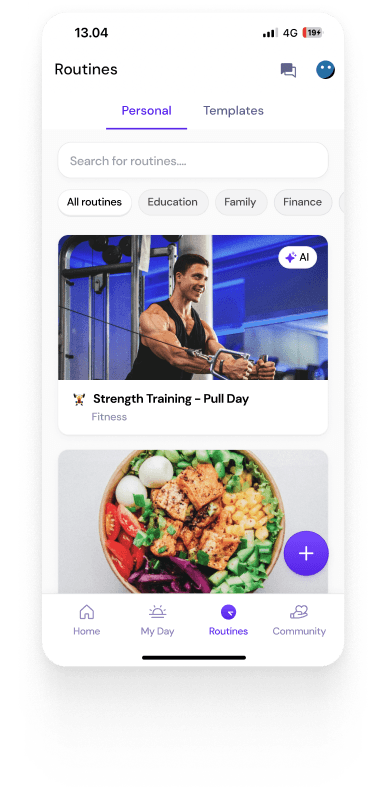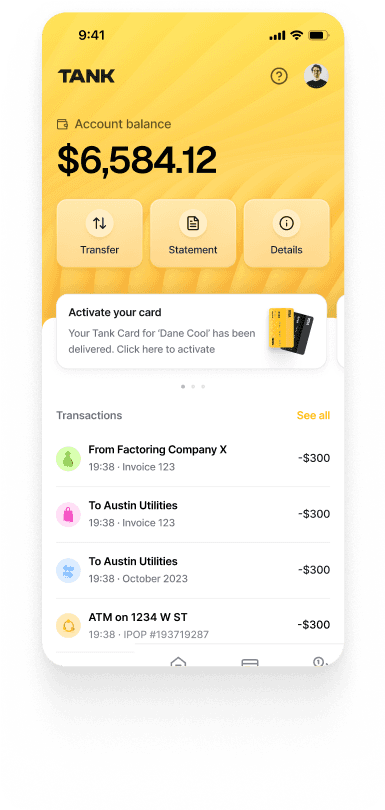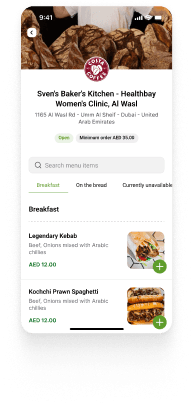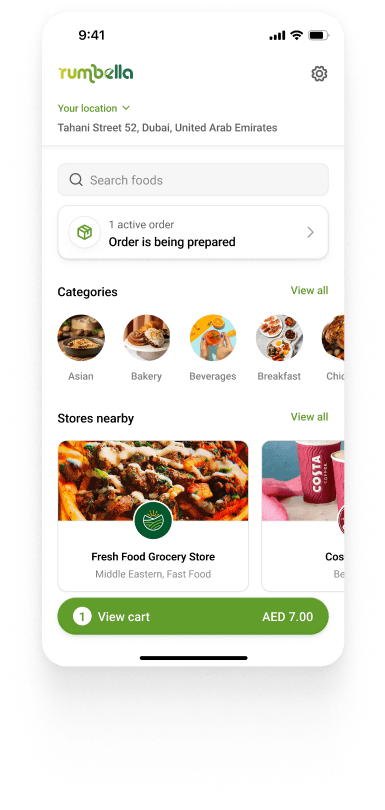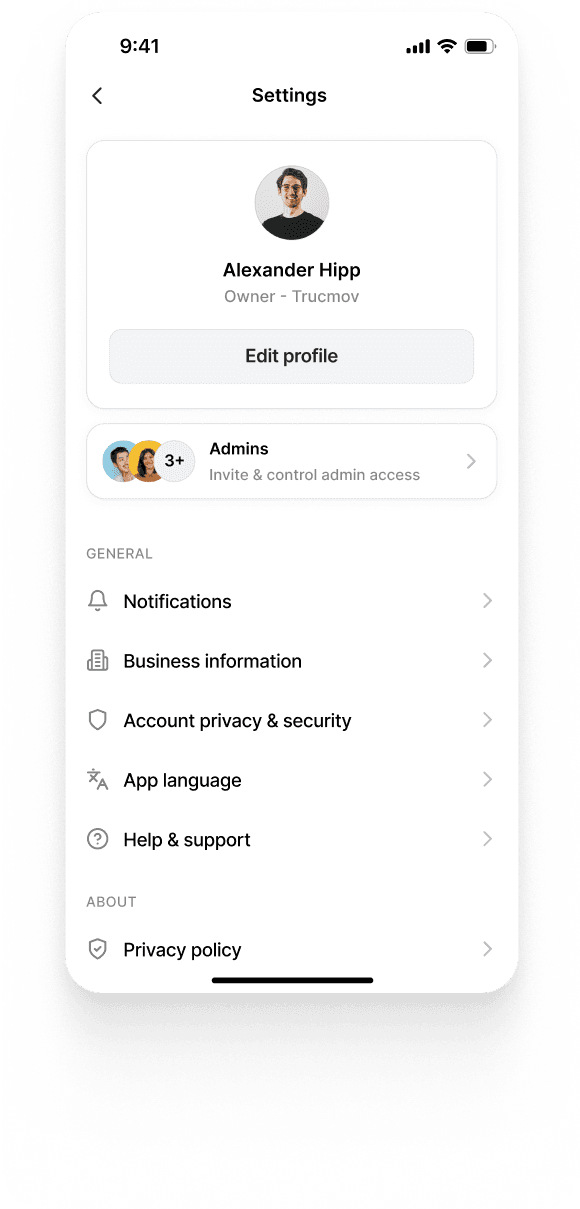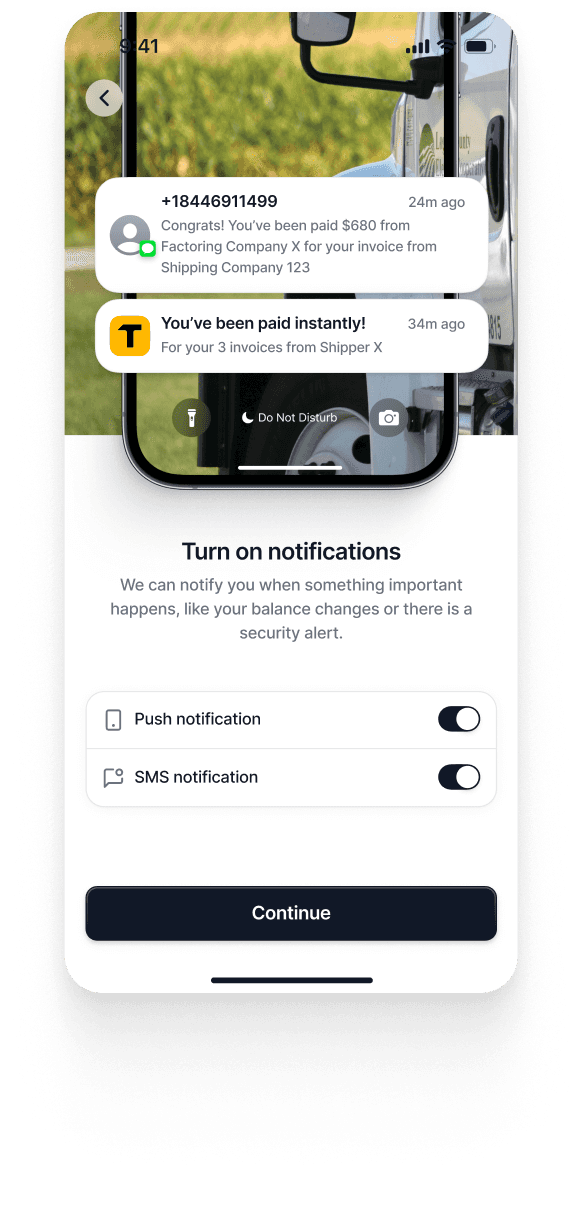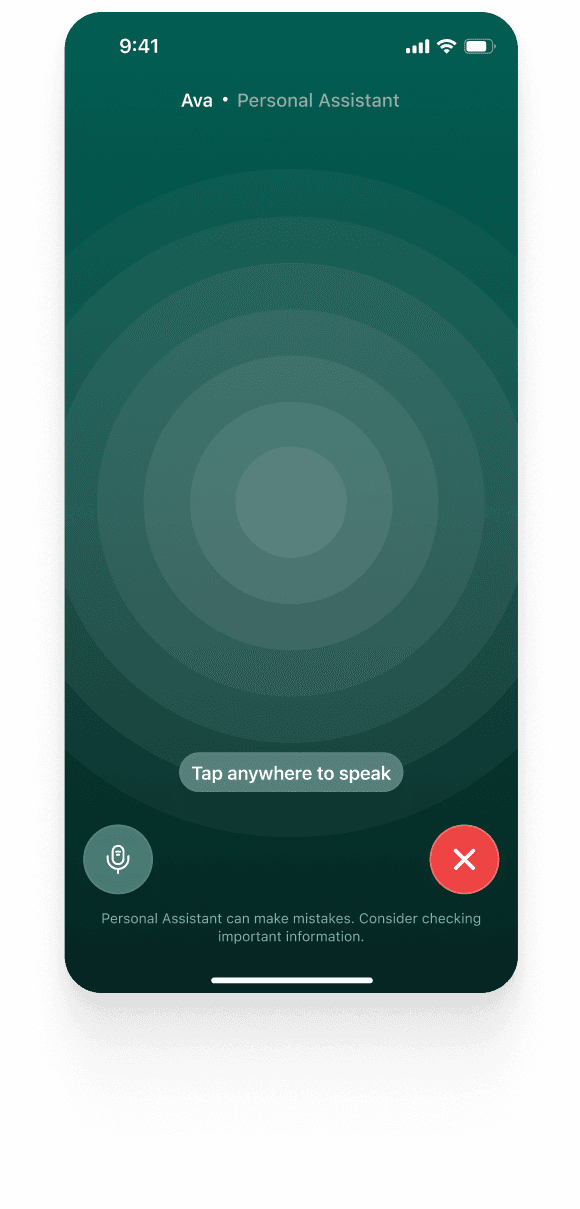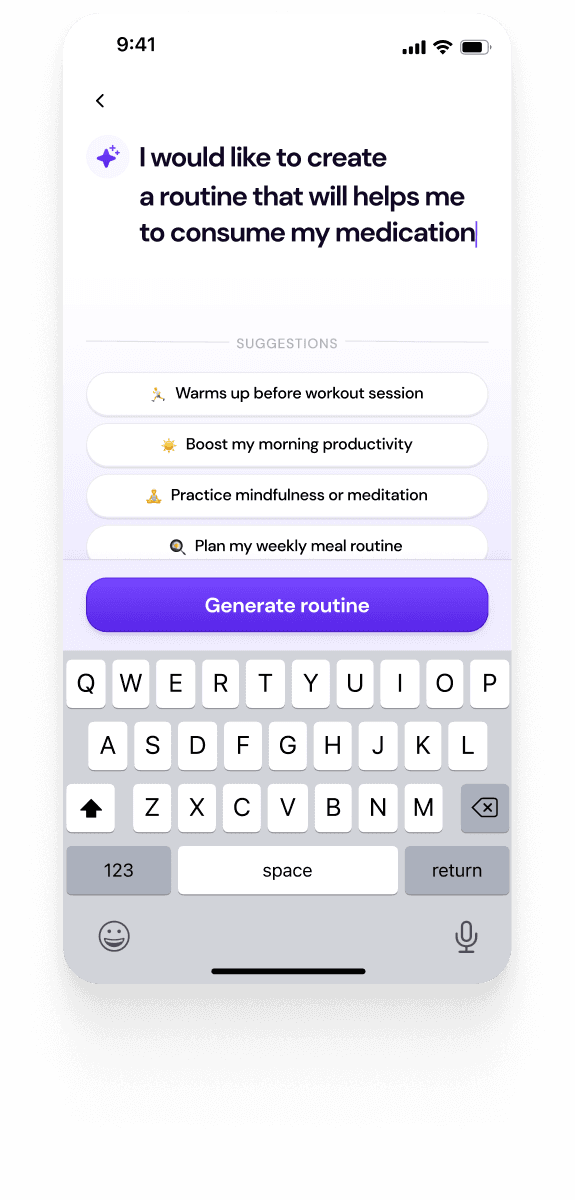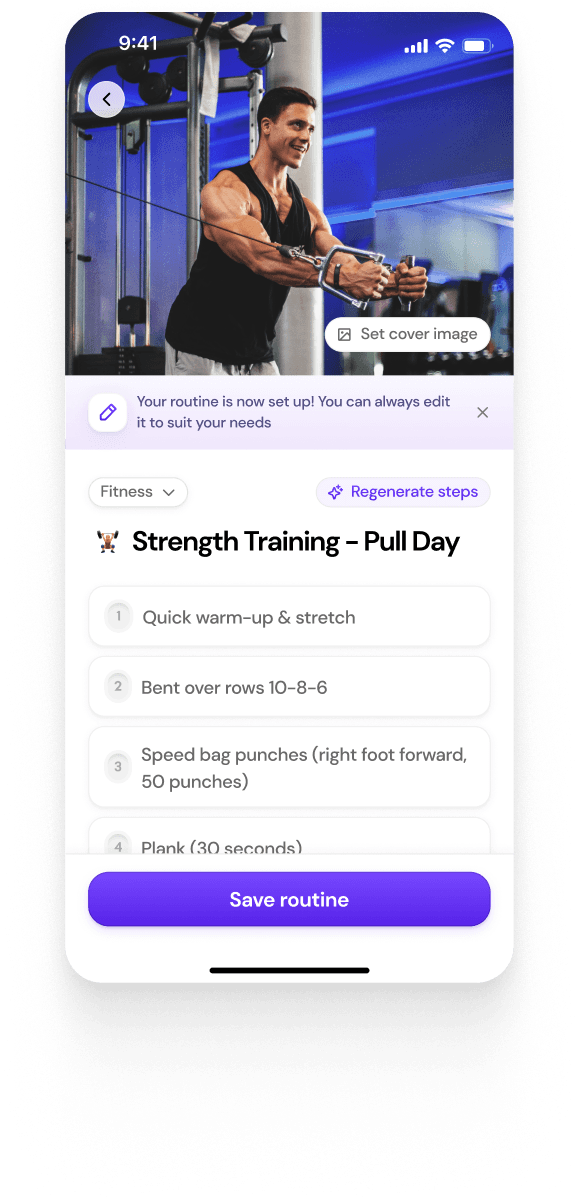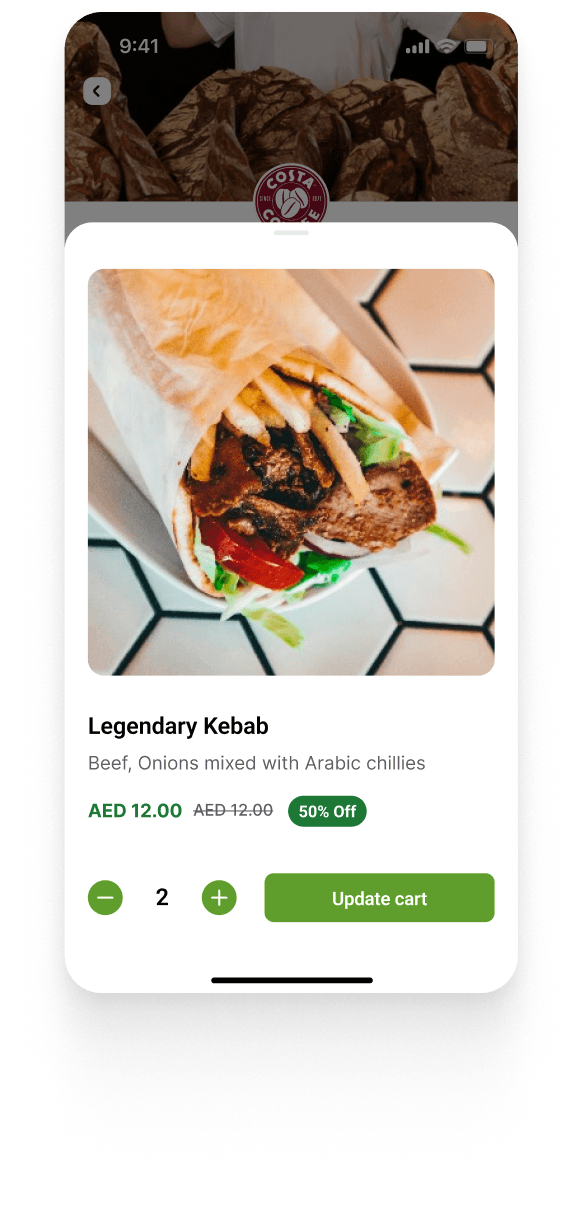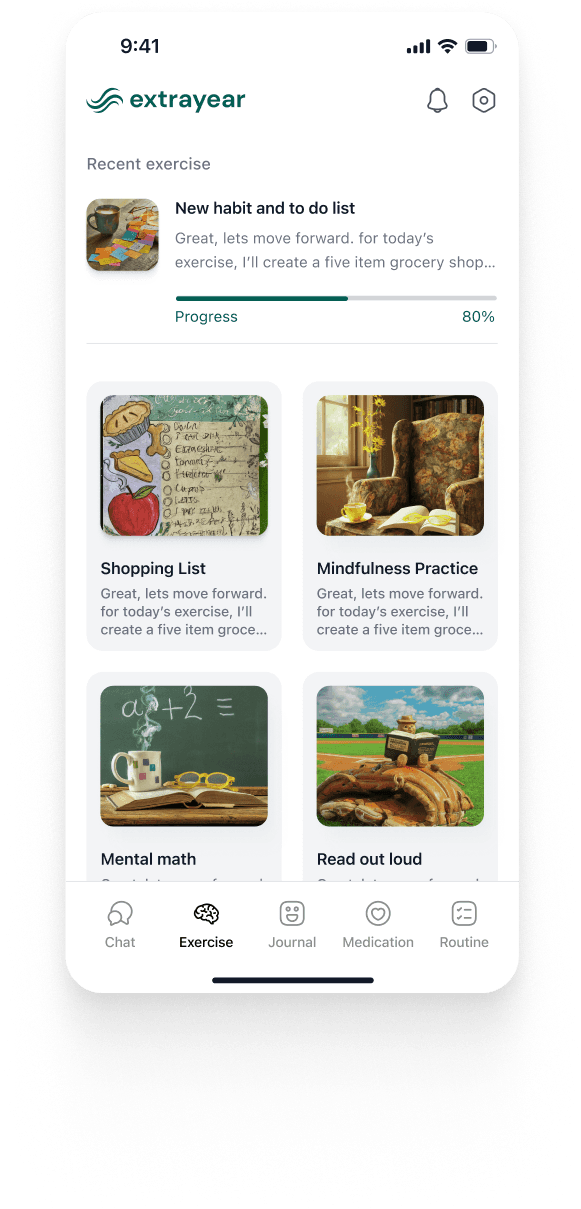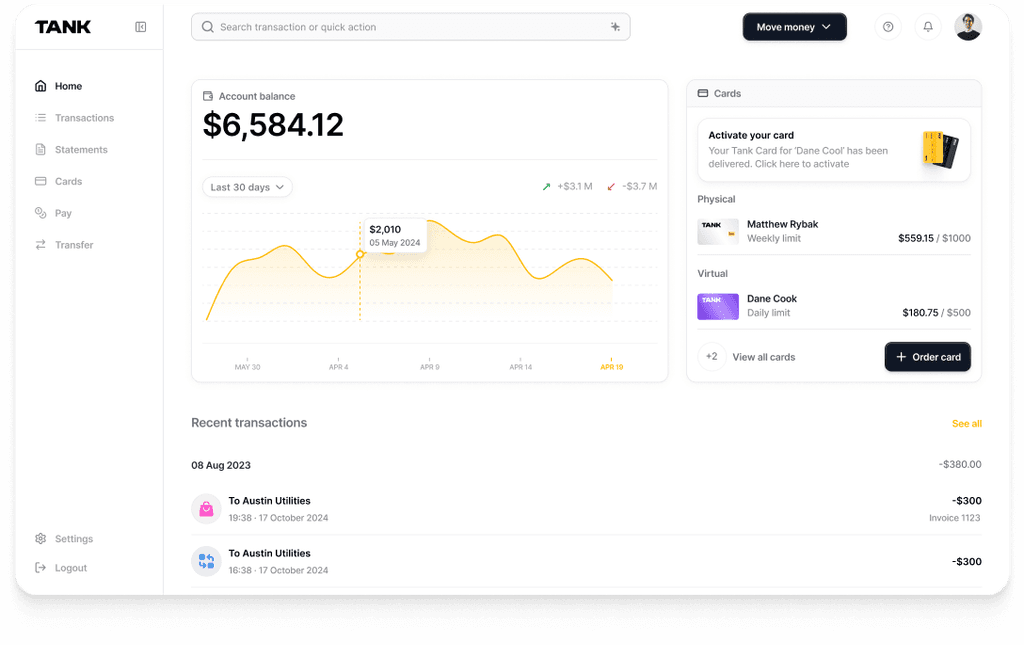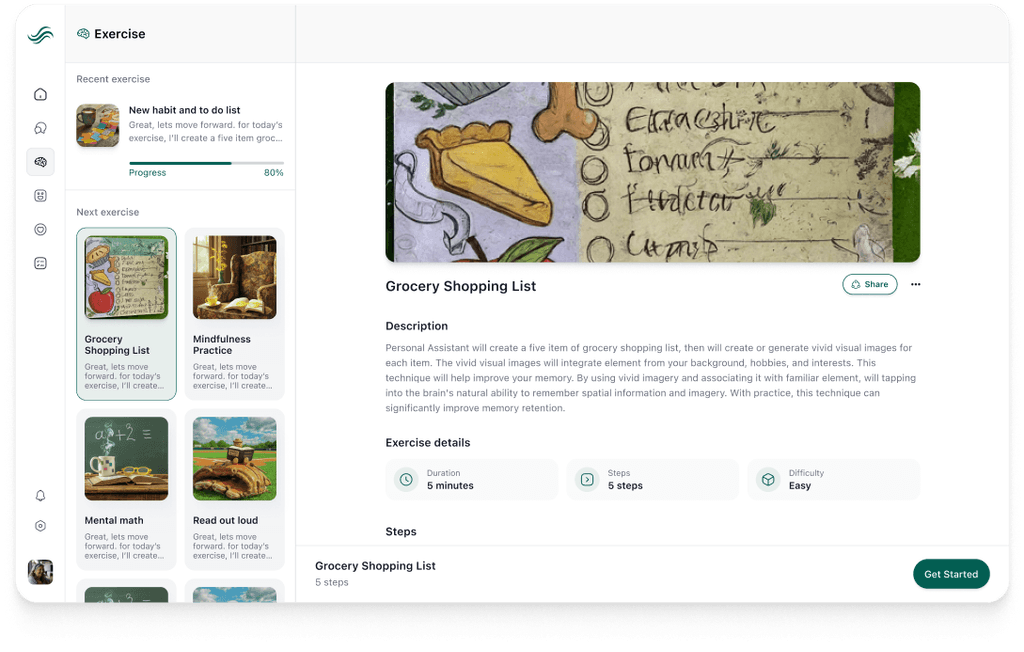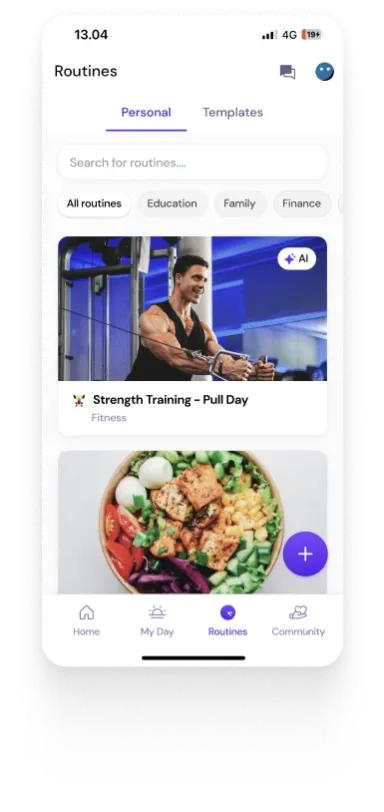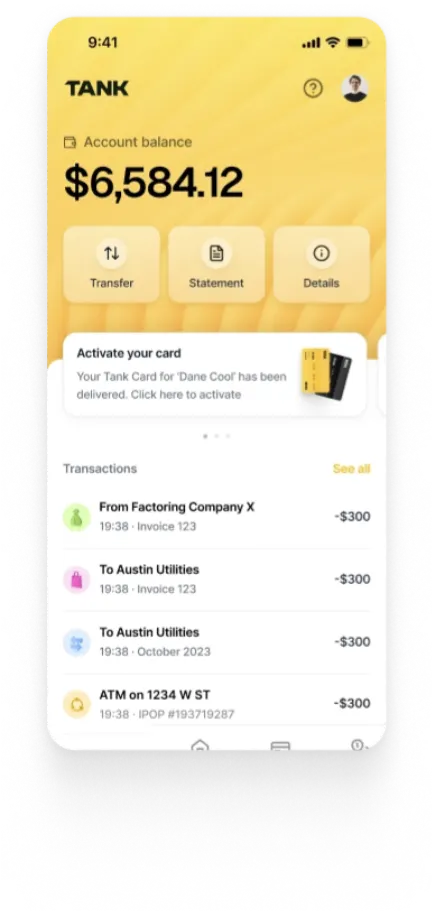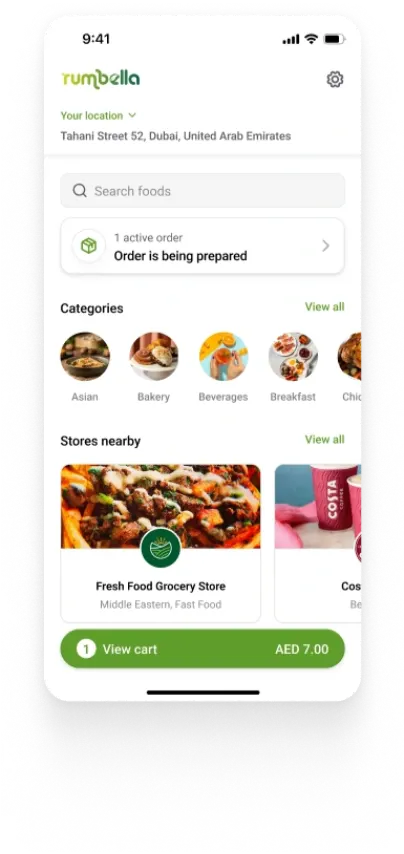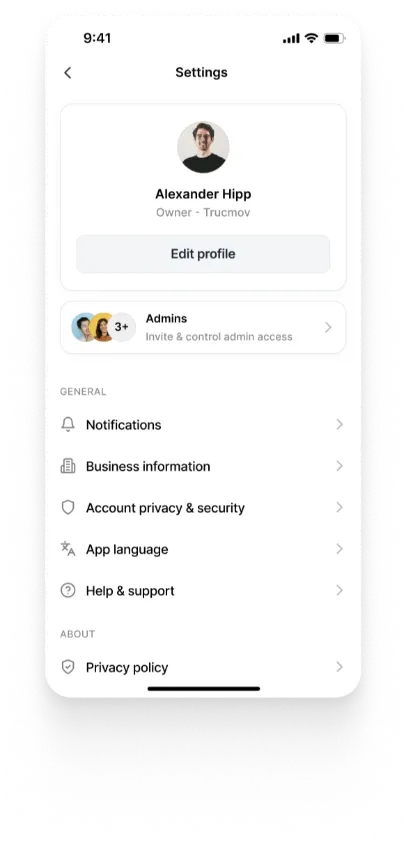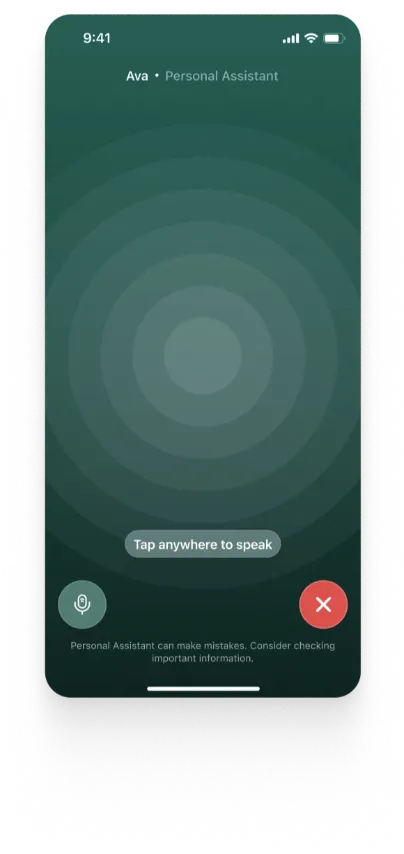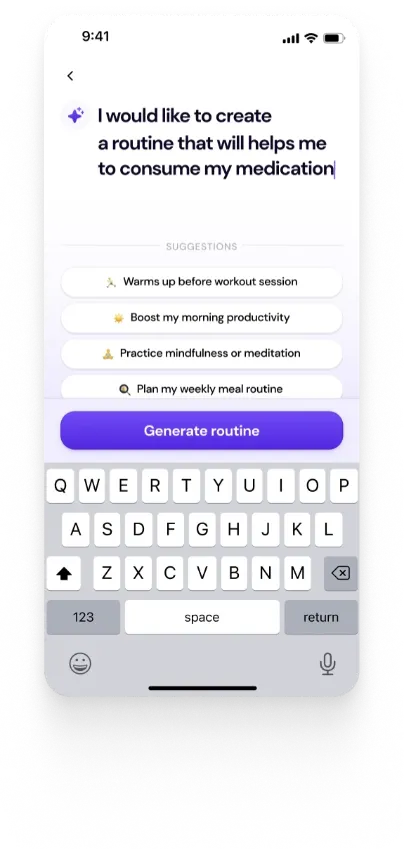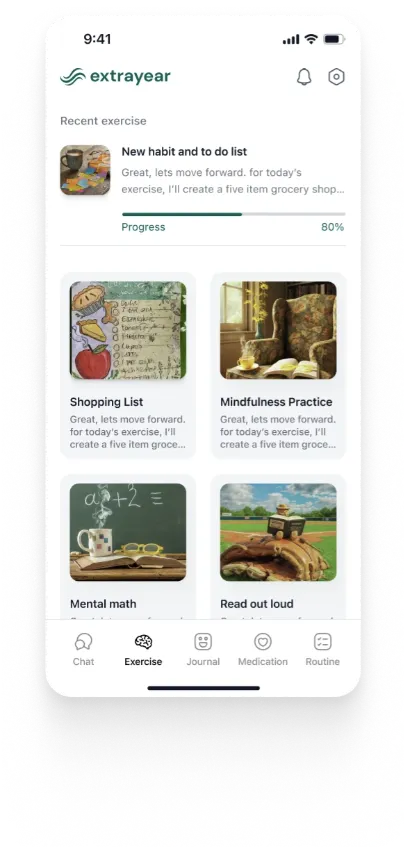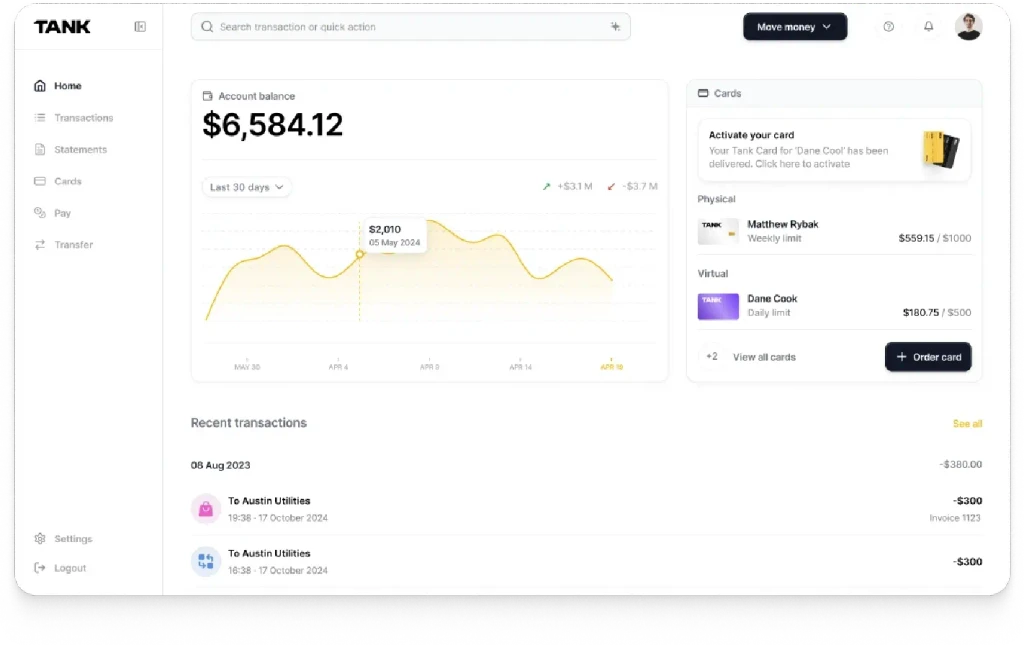Flutter vs React Native vs Native: Which to Choose?
Summary
React Native, Flutter, and Native development are popular ways for building mobile apps. Each framework has its own strengths and weaknesses, making the choice dependent on project requirements. React Native offers rapid development and code reuse but may struggle with complex apps. Flutter provides high performance and a flexible UI but has a steeper learning curve. Native development ensures the best performance and deep hardware integration.
Key insights:
React Native Advantages: React Native's advantages include fast prototyping with hot reloading, a rich set of built-in components, and the ability to reuse code across iOS and Android.
React Native Drawbacks: React Native's drawbacks involve limitations in handling complex apps, the need for platform-specific code, and a smaller community compared to traditional React.
Flutter Benefits: Flutter's benefits include the hot reload feature for quick testing, a flexible widget-based UI framework, and high performance with near-native experience.
Flutter Challenges: Flutter's challenges include a steeper learning curve due to Dart language and initially limited third-party libraries, though this is improving with community growth.
Native Development Advantages: Native development's advantages include high performance with direct access to device hardware and APIs, broad ecosystem support, and deep integration with device features.
Native Development Drawbacks: Native development's drawbacks include more development time and resources for multiple platforms, higher costs due to separate development teams, and maintenance challenges with separate codebases.
Introduction
React Native, Flutter, and Native are three of the most popular mobile development frameworks for building native apps for iOS and Android.
While each framework has its own unique strengths and weaknesses, choosing the right one for your project depends on your specific requirements and goals.
In this article, we will compare React Native, Flutter, and Native and discuss the pros and cons of each.
React Native
React Native is an open-source framework for building mobile apps using JavaScript and React. It allows developers to build cross-platform mobile apps for iOS and Android with a single codebase.
React Native offers many advantages such as hot reloading, a rich set of built-in components, and the ability to reuse code across different platforms. It uses native components and APIs, providing high performance and a native look and feel for the app.
Overall, React Native is a popular choice for mobile app development due to its fast development time and ease of use for developers with experience in web development.
Some significant advantages of using React Native for mobile development are as follows:
Rapid development: React Native allows for fast prototyping and iteration, making it ideal for quickly developing and testing mobile apps.
Code reuse: By using a single codebase for both iOS and Android, developers can save time and effort in developing and maintaining the app.
Native performance: React Native apps can achieve near-native performance due to its use of native components and optimization.
However, there are some potential drawbacks to using React Native, such as:
Limitations in complex apps: While React Native is great for simpler apps, it may not be the best choice for more complex apps with specific performance or functionality requirements.
Platform-specific code: Some features may require platform-specific code, which can be more difficult to implement in React Native than in traditional native development.
Smaller community: The React Native community is growing, but it is still smaller than the traditional React community, which may result in less support and fewer resources.
Flutter
Flutter is a UI toolkit for building natively compiled applications for mobile, web, and desktop from a single codebase. Flutter uses Dart as its programming language, and it's known for its fast development and high performance.
Additionally, Flutter has a fast growing community of developers and has been gaining popularity rapidly.
The benefits of using Flutter for mobile application development include, but are not limited to the following:
Hot reload: Flutter's hot reload feature enables developers to quickly test and iterate on code changes without needing to restart the app or emulator.
Flexible UI: Flutter's flexible widget-based UI framework allows for customization and provides high-quality animations, transitions, and visual effects.
Native performance: Flutter's architecture, which includes a rendering engine, widget library, and development tools, allows for near-native performance on both iOS and Android.
Development Speed: Flutter also provides a fast development cycle, with hot reloading allowing developers to see changes to their code almost instantly. This can save significant time and effort, as developers do not need to constantly stop and start their app to see changes.
Codebase: One of the main advantages of Flutter is that it allows developers to build apps for multiple platforms from a single codebase. This means that developers can write their app code once and then build and deploy it to both Android and iOS (and potentially other platforms) without the need to maintain separate codebases.
However, there are a few things to consider when using Flutter, such as:
Learning curve: Developers may need to learn the Dart language and the Flutter framework, which can have a steeper learning curve than other mobile app development technologies. However, if you have any prior programming experience, the learning curve does not remain a challenge.
Additionally, the availability of tutorials on learning platforms and resources focusing on Flutter has increased ever since it was first introduced, which means learning Dart is not as much of a hassle as it used to be back in the day.
Limited third-party libraries: Flutter's ecosystem of third-party libraries might be a little limited than those available for other mobile app development platforms. However there has been a rise in the availability of third party libraries as the platform and its community continues to grow.
Native App Development
Native app development involves building apps for specific platforms, such as iOS or Android, using the native programming languages and tools provided by the platform.
Native apps are known for their high performance and ability to access all the device's native APIs. Other benefits include:
Fast performance: Native apps can achieve high performance because they can access the device's hardware and platform-specific APIs directly.
Broad ecosystem support: Native app development has a wide range of tools, frameworks, and libraries available, as well as a large developer community.
Deep integration with device hardware: Native apps can fully utilize device features such as camera, sensors, and GPS, making it possible to create more advanced and immersive experiences.
However, there are some potential drawbacks to native app development, such as:
More development time: Building native apps for multiple platforms can require more development time and resources than building cross-platform apps.
Higher costs: Developing native apps for multiple platforms may require separate development teams, which can lead to higher costs and longer development timelines.
Separate codebases: Building native apps for different platforms often requires separate codebases, which can create maintenance challenges and make it more difficult to keep features consistent across platforms.
Conclusion:
In conclusion, choosing the right framework for your mobile app development project depends on your specific requirements and goals. If you want fast development and a growing community of developers, Flutter may be the right choice.
If you want high performance and access to all native APIs, native app development may be the way to go. And if you want a framework that uses JavaScript and has a large community of developers, React Native may be the perfect fit for you.













